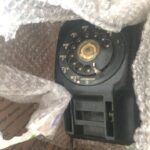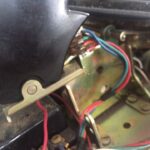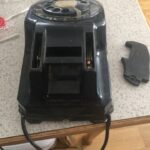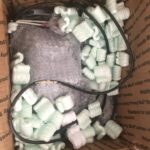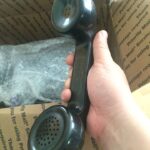In the last few months, just in the midst of the 10 year anniversary… TMOT is being completely rebuilt as an archive of work created from 2012 to 2019. During this time, major changes to the direction of the archived site has occurred, and there will be crackdowns to abusers of this platform that took years to build.
In late 2022, TMOT moved hosts from one cloud to another. The domain for a while was a sub-domain but has been at clickford.net/telephony and is expected to be it’s permanent home on the Web for the distant future. (So you can bookmark it.) No present certificate, but that’s a work in progress.
In life, there should be some hard boundaries:
- The direction of TMOT is mostly on the subject of telephony on an individual level. Devices like private branch exchanges and key telephone systems are cornered-off to separate sections on the site. Why? Because we do not celebrate allaboutism, meaning all you care about is PBX systems, Avaya PBX systems, Avaya Red PBX systems after 2002, etc. Because I was too open it backfired. But it’s not to say the history of telephone networks shouldn’t be excluded. Many of the innovations from on premise systems could be applied to modern day, but in the VOIP world, that has been raped by allaboutism. (And despite it being on a self-hosted WordPress – THIS NOT a “web-log” or “blog” – thanks much!)
- Multiplatform approach. While the iTheme focused on the persona, it was time to make it easier for any device, and any platform. So now the site is reactive to whatever device and resolution you’re consuming
- Cellular friendly photos. Now compressed and fits under a megabyte, makes it easier for people on the go… why the hell did Joe The UCX Guy not get that?
- Any advice on modern day systems (made after Y2K including VOIP, Cisco and Asterisk is on my personal site… ahem not related to any of my existing clients or employers) again to keep a boundary of what TMOT should be.
- Any present day rants, has been removed
- The Facebook fan page has migrated to a Facebook group to build a community, a healthy and trusted one.
Like on WordPress.com, the accidental success on TMOT was the Search Engine Optimization; and in the coming months in the final work to finish the archiving, will be ensuring people get what they are searching for.
